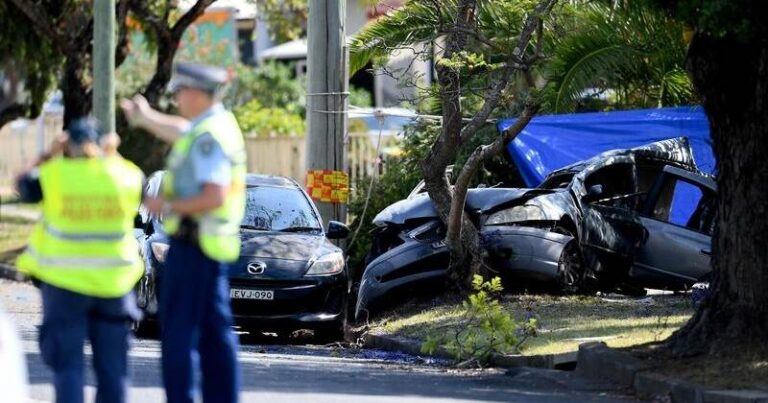Tenterfield Bruxner Highway Accident, Cause of Death –In a tragic turn of events, a collision between a truck and a car disrupted traffic at the intersection of Bruxner Highway and New England Highway. Traffic management techniques were used to slow and stop after the crash. This has created a challenge for travellers. Motorists are advised to exercise caution, be patient and plan for additional travel times as authorities continue to work to resolve the situation. Traffic management is complicated by the fact that the incident occurred at the intersection of New England Highway (NH) and Bruxner Highway with heavy chaos at this intersection. Stop/slow control is used to resolve the aftermath of the accident and ensure the safety of all road users.
Traffic Control Systems – Optimization of stop/slow protocols
Traffic roadblocks were deployed as a result of the truck-car crash to restrict traffic flow to the affected area. Stop/slow is an important traffic management tool. This allows officers to monitor the speed of the vehicle through additional signals. Passengers should be prepared to obey instructions from traffic controllers, watch for traffic changes, and be patient when stopping/slowing down. Specific traffic restrictions were implemented in response to the crash and ongoing recovery efforts. Currently, no left turns are allowed from New England Highway onto Bruxner Highway. These temporary traffic changes are intended to simplify accident management and reduce the risk of future incidents while the accident is being dealt with
Safety first: Another call to care
Due to the challenging conditions on the New England Highway and Bruxner Highway, it is important for all road users to make safety a priority. Drivers should exercise extreme caution, adhere to posted speed limits, and be alert to any changes in traffic conditions. For smooth and safe scheduling, drivers should be aware of the availability of emergency responders and tow trucks, as well as maintenance crews Passengers are advised to allow additional travel time due to different routes for traffic control and other purposes. As the aftermath of the accident is addressed, traffic changes will be made to provide a safer solution. Allowing extra time to travel is a great way to manage the impact of delays on schedules and reduce frustration while commuting.
Workplace emergencies: A collaborative effort
Emergency agencies are working to deal with the aftermath of truck and car crashes. This includes law enforcement, ambulance and road crews. They are working together to quickly resolve the accident, remove the vehicles involved and restore normal traffic conditions. Passengers should cooperate with emergency personnel and follow their instructions to help maintain a safe and orderly environment. All passengers should be advised of changes in traffic conditions in the affected areas. Checking government updates, local news, or traffic management apps can provide real-time information about road closures and alternate routes. Additional information is needed for drivers in order to make informed decisions and adapt to changing conditions.
Also, passengers should consider alternative routes or routes in case of delays. Local news and traffic management apps provide useful information on current conditions. This will help you make better decisions and plan better.
Conclusion: A collective way forward
A fatal accident on a New England highway is a reminder of the dangers of driving, and the collective responsibility of all road users to promote road safety The public is now aware of the dangers and importance of them importance in terms of road safety, as well as patience and intelligence decision making. Working together, along with a commitment to continued improvements in traffic management and road safety, can help reduce future accidents and ensure the safety of all road users.
